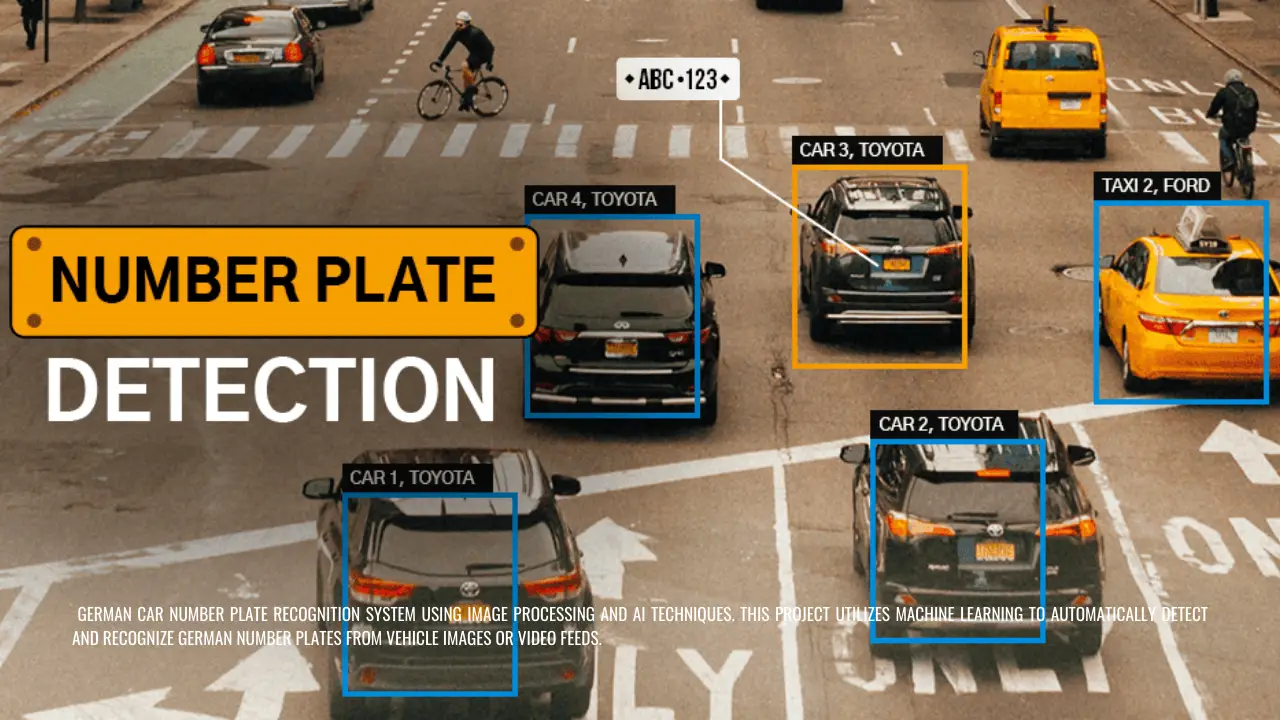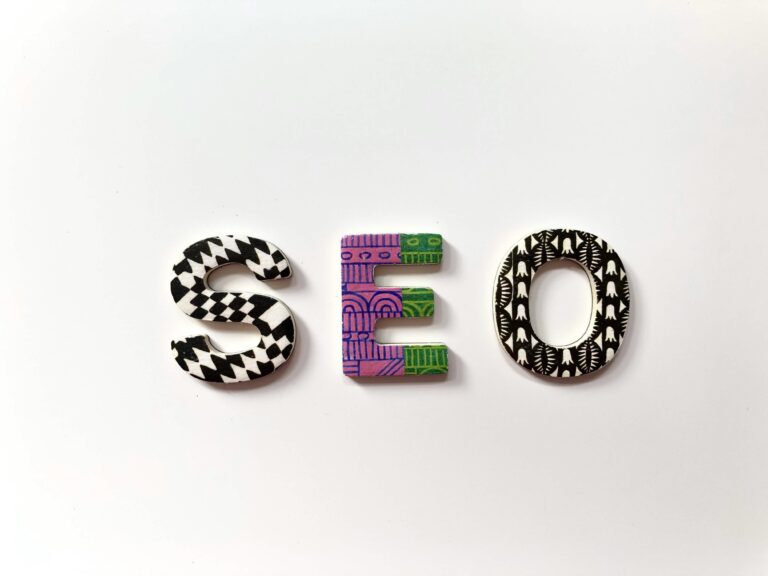
Table of Contents
In the world of artificial intelligence and machine learning, automation of daily tasks is becoming increasingly common. One such practical application is automatic number plate recognition (ANPR) systems, which are widely used for traffic management, toll collection, and law enforcement. Recently, I developed a German Car Number Plate Recognition System using image processing and AI techniques. This project utilizes machine learning to automatically detect and recognize German number plates from vehicle images or video feeds.
In this blog post, I’ll walk you through the inspiration behind the project, the development process, challenges faced, and the impact of this solution.
The Inspiration Behind the Project
Number plate recognition systems play a crucial role in modern-day traffic management, security, and vehicle identification. With Germany being home to a vast and organized highway network, I saw an opportunity to develop a system specifically designed for detecting German car plates, which have a distinctive format. This project combines my interest in computer vision and AI with a real-world problem that technology can solve effectively.
Key Features of the German Car Number Plate Recognition System
- Real-Time Number Plate Detection: The system processes live images or video streams from cameras and automatically detects car number plates, focusing on the standard German format.
- Accurate Text Recognition Using AI: Once the number plate is detected, AI techniques are used to accurately extract the alphanumeric text on the plate. This is achieved through optical character recognition (OCR), trained to recognize the specific fonts and styles used in German plates.
- Robust Image Processing Techniques: The system employs image processing methods like edge detection, contour analysis, and region extraction to efficiently locate the number plates in varying conditions, such as different lighting or angles.
- Optimized for German Number Plate Formats: German number plates follow a standardized format, which includes a location code followed by alphanumeric characters. The system is optimized to recognize this structure, improving accuracy.
- Integration with Existing Systems: The solution can be integrated with toll systems, traffic monitoring setups, or even law enforcement databases for vehicle tracking and identification purposes.
The Development Process
Building the German Car Number Plate Recognition System involved several key steps, including choosing the right tools and techniques, training machine learning models, and refining image processing algorithms.
1. Tech Stack:
The system was developed using Python, with libraries such as OpenCV for image processing and Tesseract OCR for character recognition. TensorFlow was used to train the machine learning models, making it easier to handle large amounts of image data for detecting number plates.
2. Preprocessing the Images:
The first step in the process was image preprocessing. This involved converting images to grayscale, applying Gaussian blur to reduce noise, and using edge detection algorithms to isolate the car’s number plate from the background. I also used morphological operations to refine the detected regions.
3. Number Plate Detection:
Once the images were preprocessed, I employed contour detection to identify the number plate’s boundaries. Contour detection works by finding the edges of objects in the image, which helps to locate the rectangular region of the plate. The system was fine-tuned to detect the distinctive format of German number plates.
4. Optical Character Recognition (OCR):
After detecting the plate, I used Tesseract OCR to extract the text from the number plate. Tesseract was trained with additional datasets focused on the German font styles commonly used on number plates. This significantly improved the recognition accuracy of the alphanumeric characters.
5. Model Training:
The AI model was trained using a dataset of thousands of images of German cars and number plates, ensuring that the system could recognize plates in different conditions, such as varied lighting, weather, and angles. Transfer learning techniques were applied to improve the model’s performance by leveraging pre-trained neural networks.
Challenges Faced
As with any AI project, there were a few challenges that I encountered along the way:
- Dealing with Different Lighting Conditions: Lighting variations, such as glare or shadows, made it difficult to consistently detect number plates. To overcome this, I implemented adaptive thresholding techniques that dynamically adjust the brightness and contrast of the image.
- Recognizing Plates from Angled Views: Cars in real-world scenarios are often captured from different angles. Using perspective transformation, I corrected the angle of the number plate, making it easier for the system to detect and recognize the text.
- Training the OCR for Specific Fonts: Tesseract OCR struggled with some of the unique fonts used on German number plates. By training Tesseract with a dataset that included these fonts, I was able to improve its accuracy in recognizing the characters correctly.
Impact of the German Car Number Plate Recognition System
This system offers several practical applications, including:
- Traffic Management and Toll Collection: Automating the process of recognizing vehicles can help manage traffic more effectively, especially in toll lanes and parking areas.
- Law Enforcement: The system can be used to identify and track vehicles for security purposes, aiding in the enforcement of traffic laws and tracking stolen vehicles.
- Business Applications: Companies that manage fleets of vehicles can use this system to automatically track and record the movements of their cars, improving logistics and fleet management.
Overall, this system provides a scalable and efficient solution for recognizing German car number plates, with potential applications in multiple sectors.
Future Plans
Looking ahead, I plan to further improve the system by:
- Expanding the number plate recognition to other countries with similar formats.
- Introducing real-time analytics and reporting features for businesses.
- Improving the speed and accuracy of the OCR system by experimenting with deep learning models tailored for text recognition.







Nice
Alhumdulillah
Thank you for your sharing. I am worried that I lack creative ideas. It is your article that makes me full of hope. Thank you. But, I have a question, can you help me?
Thank you for your sharing. I am worried that I lack creative ideas. It is your article that makes me full of hope. Thank you. But, I have a question, can you help me?